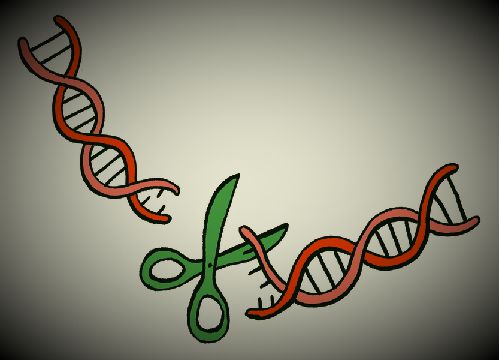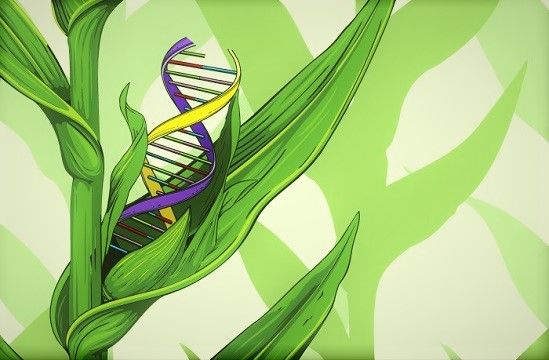Gene Identified To Develop Plants To Fight Weather Alteration And Reduce Air-Pollution
Jul 16, 2019 • 19 views
Subterranean networks of plant roots spreads through earth in search of nutrients, water. Although science has developed in an exponential rate since last few decades, it was unknown the genetic and molecular mechanism that decides which part of the soil to explore by the roots; until now. A group of researchers from Salk Institute have stumbled upon a gene in the plant that determines for roots to grow deep or shallow while searching for nutrients and water.

This discovery will also help researchers to develop plants in the near future that might help combat the sudden climate changes. The aforesaid program aims to develop and grow plants using these research results that will have deeper roots with increased capacity to store carbon underground for longer time to reduce atmospheric CO2hence bringing down the pollution level. More than 10 individuals and organizations are reported to express their interest in this project of greener Earth and as a result the initiative is scheduled to receive more than $35 million to further this effort.

An eminent member of Salk Institute`s Plant Molecular and Cellular Biology Laboratory expressed his personal as well as meaningful connection with the project by working toward the solution of reducing Carbon Dioxide levels in out atmosphere which being one of the major issues of our planet. In some other similar researches to identify the specific gene or a similar variant, that plays a leading role to vary the hormone Auxin which controls the architecture of the root system and spreading. It was already known that this hormone influence factors of plant growth, but factors determining how it specifically affects root architecture was not known.
A post-doctoral fellow of Busch Lab as well as the first author Takehiko Ogura says they`ve developed a method for studying plant subterranean root systems. In case of few plants under observation the rootsare small enough to not to be easily visible under naked eyes. The researchers use a smart way to tackle this scenario. In order to get a better view of the root system and measure necessary lengths and observe the patterns they`ve sliced the plant in half.

This process has surfaced a unique gene, called EXOCYST70A3 that directly regulates the manner the roots will be spread, and this includes controlling the hormone auxin route without interpreting in other pathways. This gene does this by varying the distribution of a protein named PIN4 that influences auxin transport. Hence it was seen that altering the gene EXOCYST70A3 the path as well as depth that root structure grew was altered as well along with varied CO2 storage capacity. This is the primary simple mechanism that helps plants to adapt the changing environments including changing seasons.
With these results researchers are optimistic to improve the root architecture, grow crops in near future that will be more reliable even in fast changing weather as well as enhanced CO2 absorption and storage capacity to better cope up with controlling pollution.
